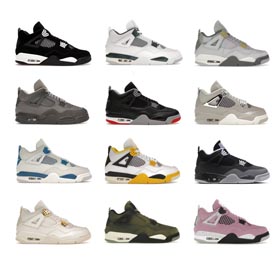Cultural Tracing of Orientdig Finds Using Orientdig Spreadsheet
In today's globalized marketplace, consumers increasingly value not only the quality and functionality of products but also the cultural stories behind them. OrientdigOrientdig Spreadsheet, users can document and share the cultural narratives embedded in these products.
How It Works
The Orientdig Spreadsheet serves as a digital archive for cultural data related to Orientdig Finds. Users (including sellers, researchers, or enthusiasts) can record details such as:
- Origin & Cultural Context: The regional history and traditions tied to the product.
- Traditional Craftsmanship: Techniques passed down through generations.
- Brand Stories: Inspirations or ethical practices behind the creation.
Supplementary multimedia links—such as images of artisans at work, historical documentaries, or local festival videos—can be embedded to create an immersive reference.
Enhancing Consumer Engagement
By organizing this information in an accessible format, the spreadsheet transforms into a shared knowledge hub. Shoppers browsing Orientdig’s platform
“Every Orientdig Find carries a legacy. The spreadsheet bridges the gap between artifact and story.” — Orientdig Team A seller adds entries for a spice blend, detailing its use in 10th-century Persian trade routes. Links to UNESCO documentary clipsmodern-day harvesting photos
Outcome: Cultural transparency builds trust and emotional connection, driving mindful purchases. Start your cultural mapping at orientdig.ca. Together, we can preserve traditions—one documented find at a time.
Example Case: Silk Road Spices

Join the Movement



















